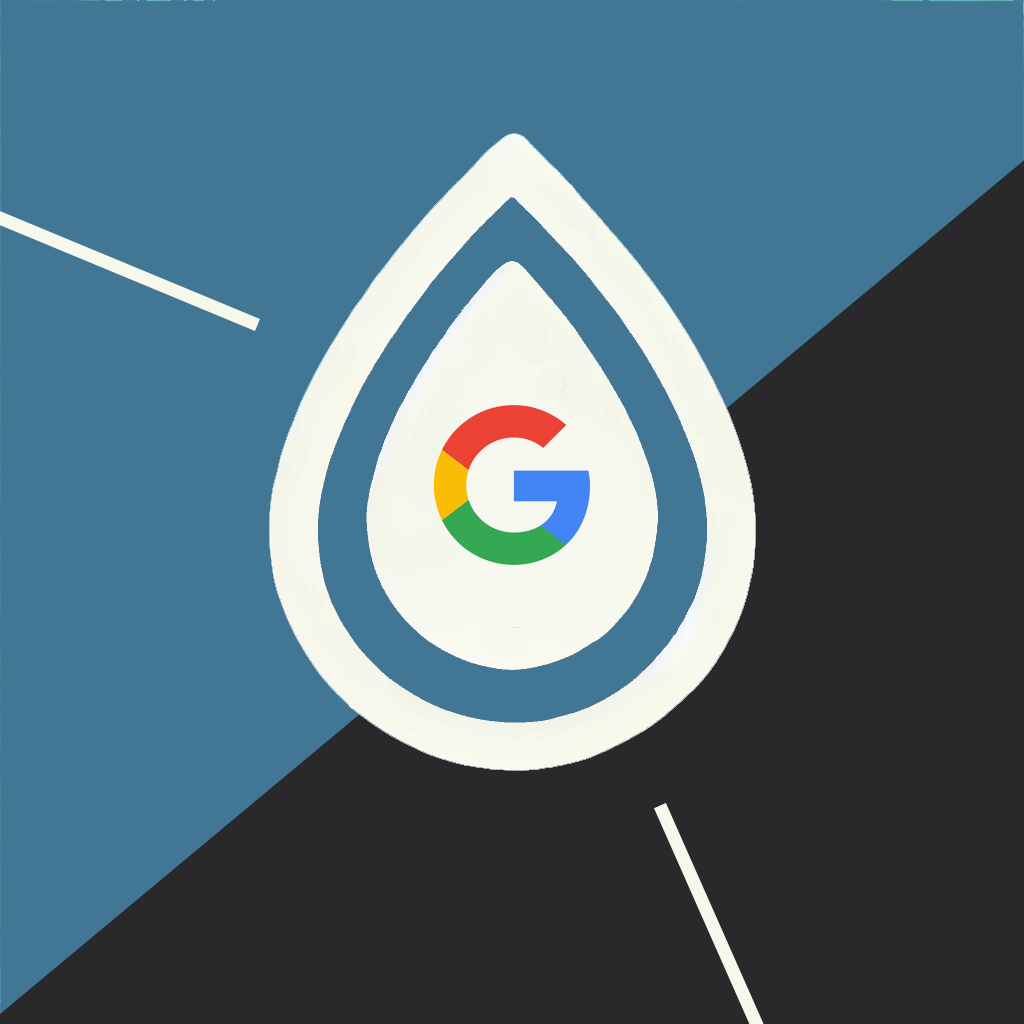3 Strategies for Surviving Google’s Fred Algorithm Update
Matt Brady#Inbound Marketing, #SEO

We share some valuable tips for how to make sure your site isn't negatively impacted by Google's latest algorithm change, which discourages low-quality content.
Whenever Google performs a major change to the algorithms used to return search results, analysts scramble to determine what changes occurred, how sites were affected, and what site owners can do to avoid dropping in search rankings. In fact, an entire cottage industry has sprung up around analysis of Google’s changes, delving into both official algorithm updates like Penguin and Panda and unofficial changes like Phantom and Pigeon.
The Latest Shakeup
The most recent change is one of those unofficial algorithm updates, and it has been dubbed “Fred” based on a Tweet from Google’s Garry Illyes. While Google did confirm that an update had been made, they didn’t provide any details on what exactly was changed. This left SEO experts to do some digging, and it was determined that sites with low-quality content had been targeted, leading them to lose search rankings.
How is this different from Google’s other updates that penalized low-quality content? It seems that this particular update targeted sites that are focused on generating ad revenue rather than actually providing helpful information to users. The hallmarks of this type of site are keyword-heavy articles that have lots of ads interspersed throughout their text, or slideshows that require users to click through a large number of pages in order to view content that could have been placed on a single page.
One other commonality of sites that were negatively affected by this update is that they tended to have a lot of low-quality backlinks. That is, the sites which linked to these pages don’t tend to be viewed as trusted or reliable by actual internet users.
So how can you avoid being negatively affected by Fred (or subsequent Google algorithm updates)? Here are some survival tips for Google algorithm changes:
1. Create Quality Content
When Google targets sites with low-quality content, what they’re really trying to do is encourage website owners to create the kind of content that provides value to users, answers their questions, and helps them solve their problems. As a website owner, that should also be your goal, and when you create quality content, you should see your search rankings rise naturally.
But you don’t have to rely on intuition when it comes to making sure your content meets Google’s quality standards. Google has provided webmaster guidelines that offer specific things you can do to help Google understand your website and how it is structured, as well as practices that you should avoid. Website owners can also get a good idea of the type of content Google is looking for by reading through their Quality Rating Guidelines.
2. Be Careful With Ads
Advertising is a fact of life on the internet, and people now expect to see ads on most of the sites that they visit. Unfortunately, many sites use ads in ways that are deceptive, creating a poor user experience. With this update, Google is taking another step in its campaign to encourage website owners to create quality experiences by penalizing some especially egregious advertising tactics.
The Fred algorithm specifically targets sites that overload their content with ads or make it hard to distinguish ads from the site’s content. If you are using ads on your site, make sure that they are clearly identified as ads, and don’t try to trick people into clicking on ads. This is exactly the type of activity that will result in a penalty to your search rankings.
We would also advise against using any type of pop-up messages on your site. While this type of ad or message isn’t specifically targeted by the Fred update, Google has noted that they will penalize any sites which use pop-ups that make content less accessible on mobile devices. There are some types of pop-ups that are allowed, and sites on desktop computers won’t be negatively affected by pop-ups, but since this type of message almost always creates a poor user experience, it is best to avoid using them altogether.
3. Audit Your Backlinks
In Google’s early days, one of the primary ways they determined how high a site should rank in search results was the number of other sites that linked to it. This led to an entire industry of sites which existed solely for the purpose of linking to other sites in hopes of artificially boosting their search rankings.
As Google’s algorithms have gotten smarter, this type of SEO is no longer effective, and as we’ve seen with this latest algorithm update, it can actually hurt a site’s search rankings. Unfortunately, whether you’ve asked for links from these types of sites or not, it’s likely that some of them link to your website, especially so-called “business directory” sites that purport to maintain a listing of business websites in a variety of different categories.
In order to avoid being penalized if any of these types of sites are linking to your website, it’s a good idea to periodically look through your site’s backlinks using a tool like SEMRush’s Backlink Audit. If you find any links from sites that you don’t recognize, sites that seem suspicious, or sites that are irrelevant to your area of business, you can disavow those links in Google Search Console, which will let Google know that they should ignore those links when ranking your site.
In addition to disavowing links, Google also recommends taking action to remove these types of links altogether, so if possible, you should also try to contact the owners of any of these sites and ask them to remove any links to your site.
Do you have any questions about whether your site will be negatively affected by Google’s search algorithm updates? Do you want to know more about how you can ensure your site provides quality content? Please contact us, or sign up for a Free SEO Audit today!
Related Posts

The Google Leak and Creating Content That Doesn't Suck
This year's leak of Google's internal SEO documents underscored the need for web content that doesn't suck. But here's what else we learned...

Website Content Migration and Knowing What to Keep
With website migrations not all content should be moved. Here are the first critical steps to begin analyzing your content prior to migration.
Results Matter.
We design creative digital solutions that grow your business, strengthen your brand and engage your audience. Our team blends creativity with insights, analytics and technology to deliver beauty, function, accessibility and most of all, ROI. Do you have a project you want to discuss?
Like what you read?
Subscribe to our blog "Diagram Views" for the latest trends in web design, inbound marketing and mobile strategy.
